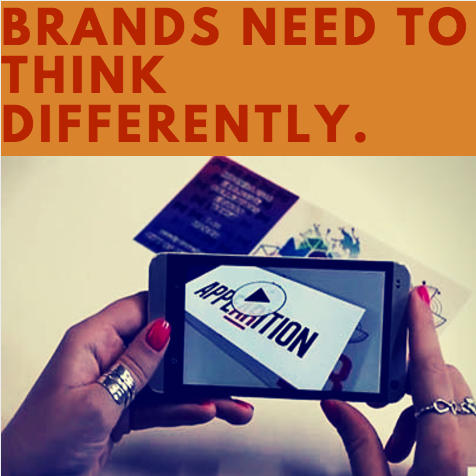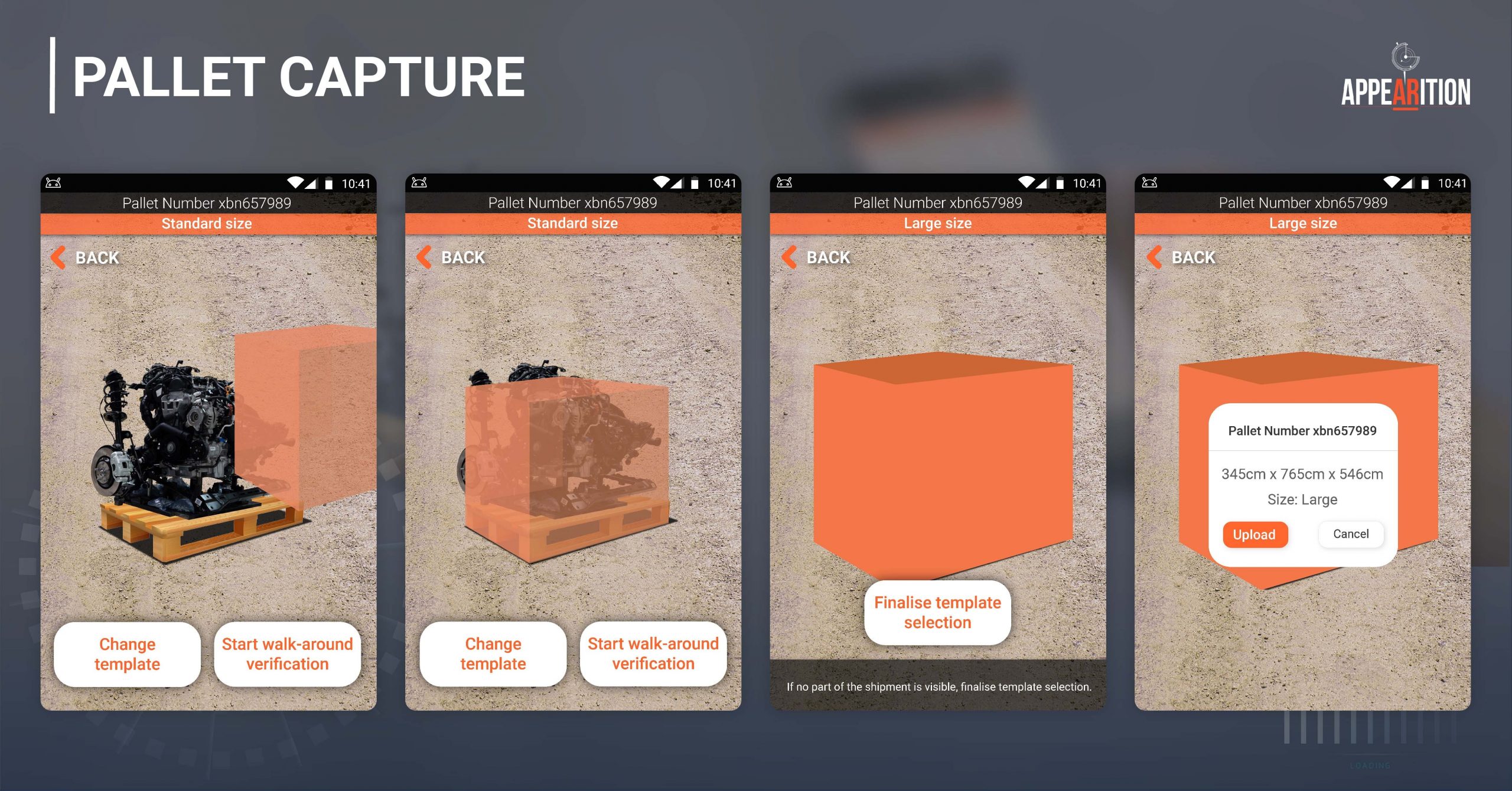Vivek Aiyer, Founder & Director of Australia-based Appearition, shares his viewpoints on the application of augmented reality (AR) solutions in the OOH space in an exclusive interview with Outdoor Asia’s Rajiv Raghunath.
Edited excerpts:
Augmented Reality (AR)/ Virtual Reality (VR) technologies are not new to the Indian market. Yet, it has taken a long while for these technologies and applications to find a larger, ready market in India. What steps are needed to evangelise AR/ VR technologies & apps in the Indian market, more so in the OOH advertising space?
It is quite interesting to see the advent of these technologies. Both AR and VR are not new technologies, having been around for more than a few decades. Yet there remains a lack of awareness among the wider consumer audience.
The fact of the matter is that AR has been in our lives for years – used most commonly in weather reports on the news and in live sports broadcasts. AR is quite literally the augmentation (or improvement) of reality – altered with an overlay of information on a pre-existing line of sight. The difference in today’s experience is that handheld devices have replaced televisions – but the application of the basic technology has remained consistent.
In comparison, VR is where the consumer of the technology is fully immersed in the virtual world. Common experiences include experience capsules at science museums, but due to cost implications, has been used more in a commercial sense for medical or training purposes. Once again, handheld devices have made the experience more accessible – but application of the concept remains the same.
Beyond the evolution of hardware, campaigns have too often been utilised as one-off flash-in-the-pan attempts to display brands “innovatively” – whereas at Appearition we believe that AR is a media channel, more than just a solution. A media channel, just like print, radio, television, web and mobile, before it. Just as a brand would identify a core messaging and then develop creatives and iterations for television or print – and more recently digital, concepts need to be developed to funnel through this medium – enhancing the consumer experience but staying completely aligned to core messaging.
As a media channel, the right utilisation of these technologies enable the overlay of contextual information that enables decision making including purchase decisions – a key goal of any brand managers. In a nation as broad as India this enables the application of custom language communication depending on an automatic identification of the user’s location or pre-defined preferences. In the OOH space this enables experiences triggered by the once creative – but absolutely customised to the user being exposed to the experience – be they Punjabi, Bengali, Marathi or Tamil. This is quite powerful as a method of customised engagement.

Connect with us
I want the latest in…
How effective are VR/AR applications in OOH advertising in the more developed markets? Have you handled any such project in those markets?
JCDecaux recently finished a campaign where they had integrated an AR application with Batman and Superman. The opportunity was for passers-by to “evolve” into their favourite superhero. The novelty factor was very high and it certainly had a very positive response. Tesco also had a highly successful campaign where consumers could “do their shopping” whilst waiting for their bus; the AR experience was triggered off by the media board on the bus stop.
Our approach to AR is to be more of an integrated solution. We haven’t been involved in outdoor specific advertising in that context. We have however been involved in several projects where outdoor based navigation that triggers off AR experience.This was used to promote tourism. Furthermore, we have been involved in arts and theatre productions, open days, etc. The point to consider is that a brand needs to have specific content for its AR channel just as it would for the other audio-visual channels. There needs to be an overall degree of consistency in how this content is being presented and the shift needs to be in the eyes of the brand manager to move away from thinking of this area as a novelty technology solution and start to incorporate it into planning as a new communication channel. There would have been a similar shift at the introduction of each new media – initially an exciting new innovation, but eventually just another medium as part of a multi-platform approach.
Are AR/VR application more attuned to indoor advertising media, such as airport media, mall media, etc? Is there scope for their application on traditional billboards and the like?
Absolutely. Let’s consider a sample scenario – assume a brand wishes to launch a soft drink in a nationwide campaign. The brand manager would have content and campaigns ready for the traditional channels – print, web, mall media, etc. If we take the approach mentioned earlier where we see AR as just another media channel – it provides a novel fashion to present the launch campaign. However, it also offers the opportunity to merge other media through an integrated approach.
An AR app can be configured such that based on the temperature of the city that the consumer is in while using the app, it could initiate push message featuring specific discounts or promotions. Essentially the consumer experience when triggering off the billboard may be vastly different based on whether it is a 30-degree day or 20-degree day. Secondly the same AR app could attract on-premise customers where they take the app into a store in order to redeem vouchers (vouchers redeemed off packing of the product), and last but not least, integration of location based e-commerce component.
This is the power of an integrated AR solution; it can spread across all traditional media channels and can bring them to life. The key to success here is not to treat them as once-off campaign, but have them all tightly linked.
Typically, brands and planners in India tend to be conservative when it comes to use of digital technologies for OOH advertising, citing ROI issues. Would you advocate any steps to make AR/VR applications cost-effective to a large number of advertising brands?
I think there needs to be a shift in the mindset of the brand managers with regard to AR. With digital technologies it is not about the coolest innovation or newest technology – rather it is about what the brand managers and planners need to do be competitive in their own business and how they can provide better experiences for the end consumers. The end experience may be the result of a mesh different technologies. However, it is important that the end experience is a true reflection of the brand’s core values and market positioning. In that sense the AR strategy needs to be tightly coupled with their content strategy in turn the communication strategy.
Simple wins are the key to success. The consumer decision cycle consists of some distinct stages – research, evaluation, transaction, implementation support and referral. At each stage – there is a small win to be won if the consumer is exposed to the right piece of communication. In turn, if we look at AR as a media that contains information, where and when is the consumer best positioned to receive this information such that it will increase their understanding of how the product can benefit them?
For brand managers and planners, based on particular pressure point for their brand, a simple use case can be implemented as a proof of concept. This proof of concept (PoC) would assist getting stakeholder buy-in and ultimately lead towards the larger goal of integrating AR in a broader fashion. I would certainly advocate a simple PoC strategically implemented to allow for this.
How affordable are AR solutions?
When considering the cost of implementing AR solutions, just as in any traditional media communication there are a myriad of options that consider features, quality of the consumer experience, distribution and scalability. That being said, our recommendation remains to take AR as a communication medium. This means content remains king, and this is the key for AR/ VR success.
The entry to market can be quite affordable as this would depend on the audience and deployment variables. Just as a traditional media, AR related infrastructure and content creation costs are getting lower. A platform-centric approach to deliver AR solutions that allows for reusability of infrastructure to deliver experiences for scalable audience size and a cross-media platform content strategy would allow for brand managers to start to see clear ROI.
Are equipment makers geared to support AR/ VR growth in market like India?
The device market in india is quite well evolved and would certainly be able to adapt. There are a range of AR/ VR devices hitting the market now, and priced competitively. The consideration is more relation to mobile bandwidth and throughput (data plan costs) when it comes to a price sensitive market like india. While this too is improving, poor connectivity means the rich experiences AR/VR offer could be lost.
What are the proprietary solutions that you have at hand to cater to OOH advertising?
Appearition has developed a platform that allows for the easy integration and management of AR systems for the easy integration and management of AR systems and campaigns. We took the approach where solutions are highly scalable right across various industries segments. Some of our product lines include, butare not limited to 8AR (product line specific to the retail/ branding solution set), FloAR (enterprise and for productivity solutions), ARTIK (modules specifically for museums and galleries) and the BVRIK module (a real estate solution tool kit).




